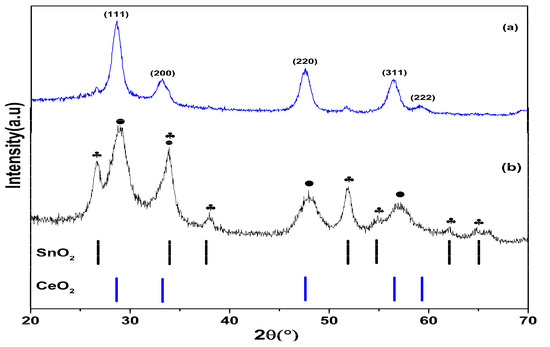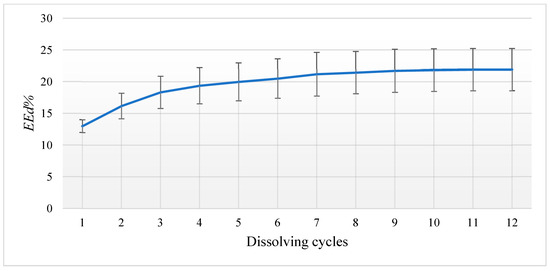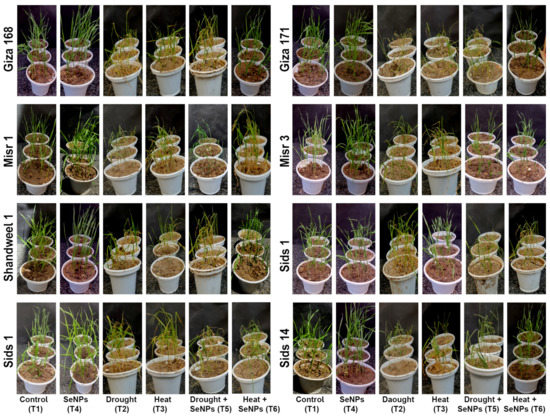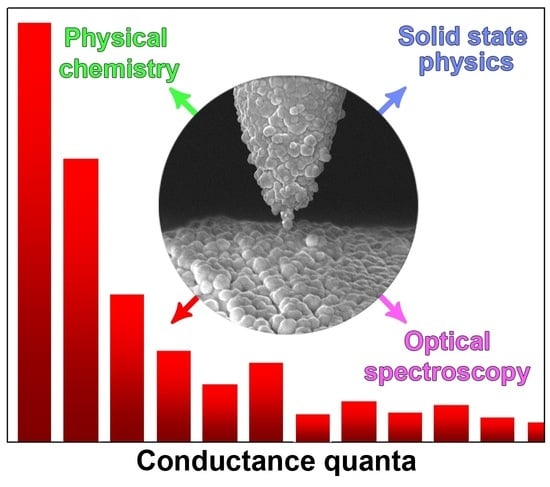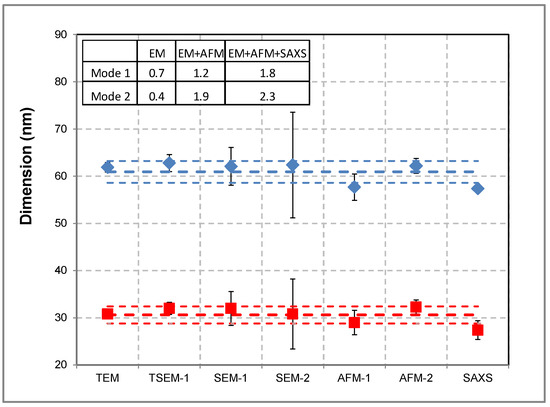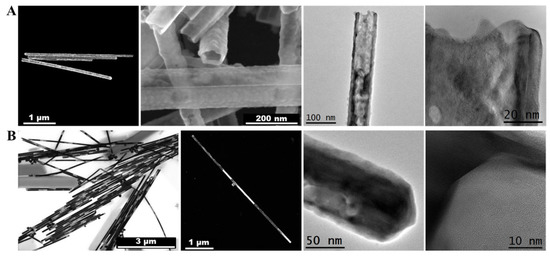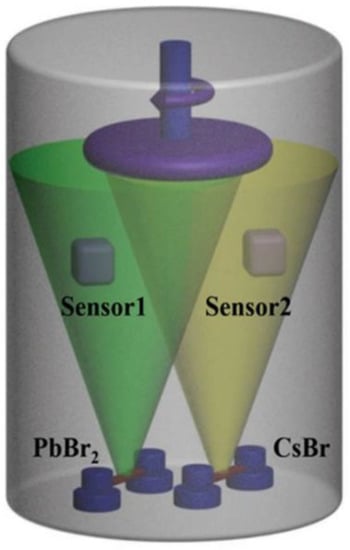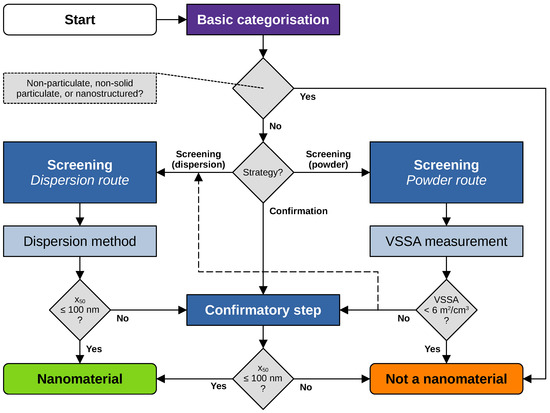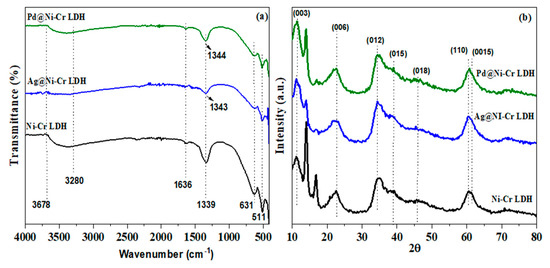1
Institute of Chemistry, Saint-Petersburg State University, Ulyanovskaya st. 5, Saint-Petersburg 198504, Russia
2
Interdisciplinary Resource Center for Nanotechnology, Research Park, Saint-Petersburg State University, Ulyanovskaya 1, Saint-Petersburg 198504, Russia
3
Department of Physics, Saint-Petersburg State University, Ulyanovskaya st. 3, Saint-Petersburg 198504, Russia
4
Almazov National Medical Research Centre, Akkuratova st. 2, Saint-Petersburg 197341, Russia
5
Center for Optical and Laser Materials Research, Saint-Petersburg State University, Ulyanovskaya 5, Saint-Petersburg 198504, Russia
6
Max Planck Institute for the Science of Light, Staudtstr. 2, 91058 Erlangen, Germany
7
Department of Physics, Friedrich-Alexander-Universität Erlangen-Nürnberg, Staudtstr. 7/B2, 91058 Erlangen, Germany
Nanomaterials 2023, 13(6), 1002; https://doi.org/10.3390/nano13061002 - 10 Mar 2023
Cited by 6 | Viewed by 2544
Abstract
In this paper, we present a new methodology for creating 3D ordered porous nanocomposites based on anodic aluminum oxide template with polyaniline (PANI) and silver NPs. The approach includes in situ synthesis of polyaniline on templates of anodic aluminum oxide nanomembranes and laser-induced
[...] Read more.
In this paper, we present a new methodology for creating 3D ordered porous nanocomposites based on anodic aluminum oxide template with polyaniline (PANI) and silver NPs. The approach includes in situ synthesis of polyaniline on templates of anodic aluminum oxide nanomembranes and laser-induced deposition (LID) of Ag NPs directly on the pore walls. The proposed method allows for the formation of structures with a high aspect ratio of the pores, topological ordering and uniformity of properties throughout the sample, and a high specific surface area. For the developed structures, we demonstrated their effectiveness as non-enzymatic electrochemical sensors on glucose in a concentration range crucial for medical applications. The obtained systems possess high potential for miniaturization and were applied to glucose detection in real objects—laboratory rat blood plasma.
Full article
(This article belongs to the Section Energy and Catalysis)
▼
Show Figures


